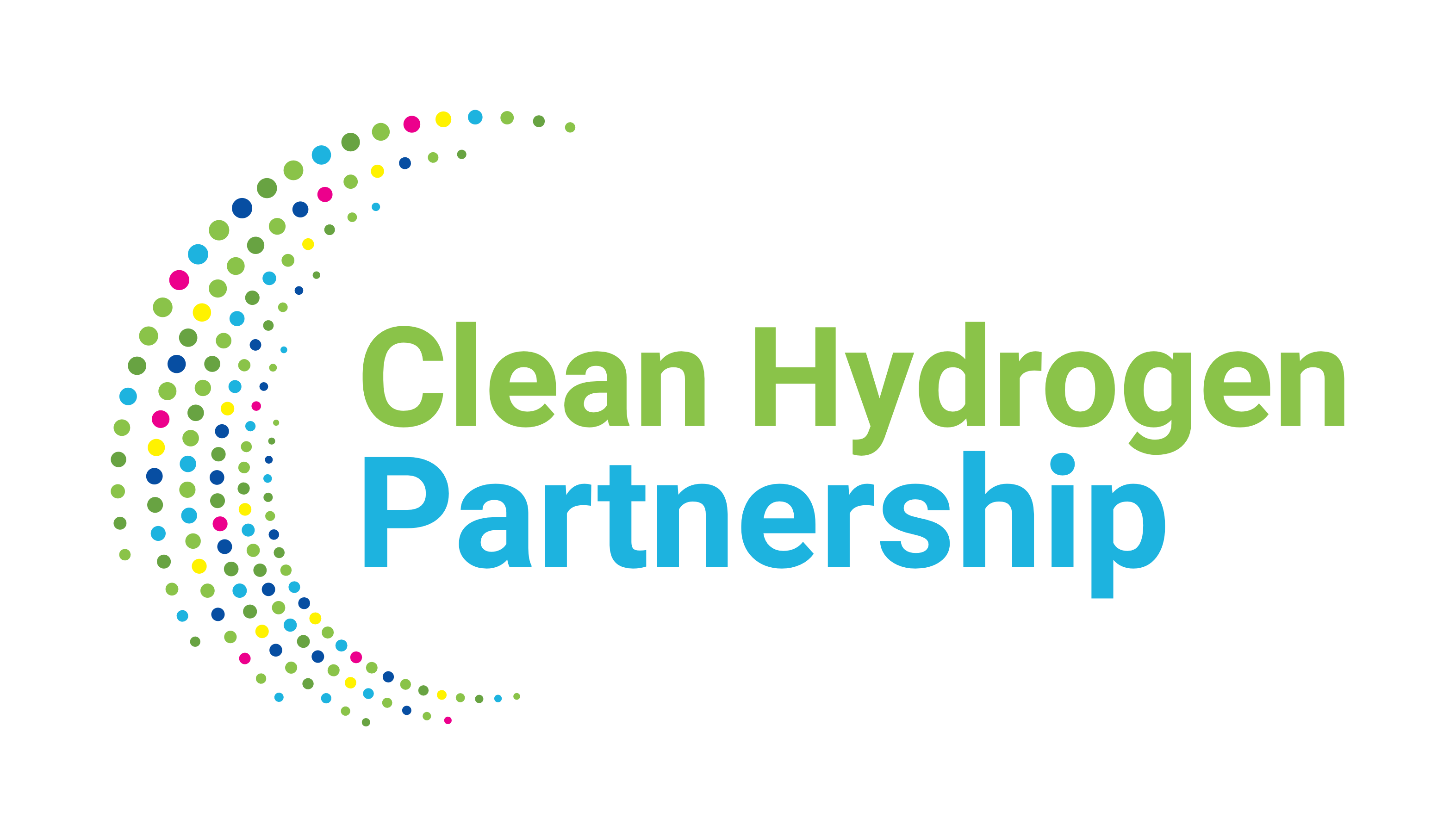Project Outcome
Learn everything about the TRIĒRĒS Project
A Strategy for the future
In alignment with the call topic that has set specific requirements for the small-scale Valley, TRIĒRĒS will contribute to the objectives of the European Hydrogen Strategy and the European Green Deal. TRIĒRĒS will make a clear contribution to achieve the climate neutrality targets by 2050 set by the European Green Deal, through structuring a new market for green hydrogen and through the objectives of the European Hydrogen Strategy to increase production capacity for green hydrogen.
Green. Hydrogen. Future.
Potential Beneficiaries

Energy Companies
Fuel producers and energy companies, e.g., electricity producers, natural gas suppliers, refineries

Industrial Companies
Carbon intensive industrial companies, e.g., cement factories, chemical manufacturers, steel making companies, energy transition critical components (cables, wind turbines, pipelines)

Maritime Industry
Maritime stakeholders, e.g., shipping companies, ports, shipping associations, classification societies

Transport Industry
Road mobility stakeholders, e.g., Vehicle fleet owners/operations, vehicle manufacturers, motorway operators

Engineering Companies
Engineering SMEs active across the hydrogen value chain

Public Authorities
Public authorities, e.g., Ministry of Energy and Environment, Ministry of Infrastructure and Transport, Ministry of Shipping, Regulatory Authority for Energy, Regional and Local Administrations

Hydrogen Associations
Hydrogen Associations, e.g., Hydrogen Europe, Hydrogen Europe Research, FCH-JU)

Internat. Organisations
International organisations active in Hydrogen projects, e.g., MASDAR
FAQ
Coming soon

